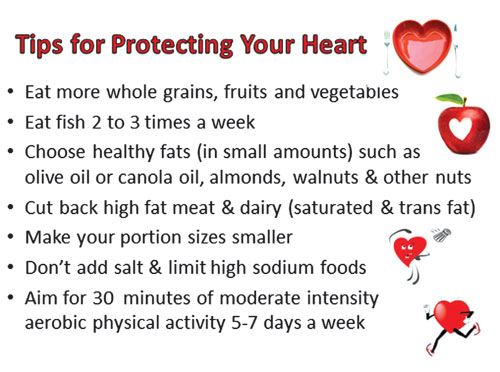.jpg)
For much of the past century, cardiovascular disease (CVD) has been the leading cause of death in the United States and, on average, claims one American life every 40 seconds. Greater than one in three American adults is estimated to have CVD, which includes hypertension, atherosclerotic heart disease, heart failure and/or to have experienced angina (chest pain), a myocardial infarction (heart attack) or a stroke.
In our lifetime, we have seen many diets which market themselves as being heart healthy. Some examples include DASH, Mediterranean, AHA, Paleo and Ornish diets. Much of the science behind these diets stemmed from the third report of the National Cholesterol Education Program Adult Treatment Panel (ATP) III published in 2002. This report began a decade-long focus on “knowing your numbers” and the basis that reducing your bad cholesterol numbers and increasing your good cholesterol would reduce cardiovascular risk. In this past decade we have also seen a large increased dependence on statin medications, which have been proven to be the best medication to lower cholesterol levels and reduce cardiovascular risk.
Earlier this month, the American Heart Association (AHA) and the American College of Cardiology (ACC) released the newest set of evidence-based guidelines for lifestyle modification to reduce cardiovascular risk. The committee evaluated evidence that assessed the effects of diet and exercise on the two most prominent cardiovascular outcomes: Low density lipoprotein cholesterol (LDL-C, otherwise known as “bad cholesterol”) levels and blood pressure. They concluded that the dietary pattern most strongly associated with reducing LDL and blood pressure is one that emphasizes increased intake of vegetables, fruits, whole grains, low-fat dairy products, poultry, fish, legumes, non-tropical vegetable oils (such as olive and canola) and nuts; and limits intake of sweets, sugar-sweetened beverages and red meats. The diet that most similarly represents this pattern is the DASH (Dietary Approached to Stop Hypertension) diet which was also used as a model in the 2010 publication of the Dietary Guidelines for Americans by the US Department of Agriculture.
Furthermore, the AHA/ACC guidelines encourage the reduction of dietary sodium (SALT) for all individuals—with and without high blood pressure. The recommended daily intake of salt is no more than 2,400 mg, which equates to less than 1 teaspoon per day. Unfortunately, the average American does not do his or her heart any favor by consuming close to double that each and every day.
But diet is not the only component to lifestyle modification and cardiovascular risk reduction. Engaging in at least 30 minutes of moderate-to-vigorous intensity physical activity on most days of the week is good for your heart, your waist and your overall health. Achieving and maintaining a healthy weight is another crucial component. Combining portion control, a DASH style dietary pattern and physical activity are the key ingredients in the recipe for living a heart healthy life.
By Rena Zelig MS, RDN











